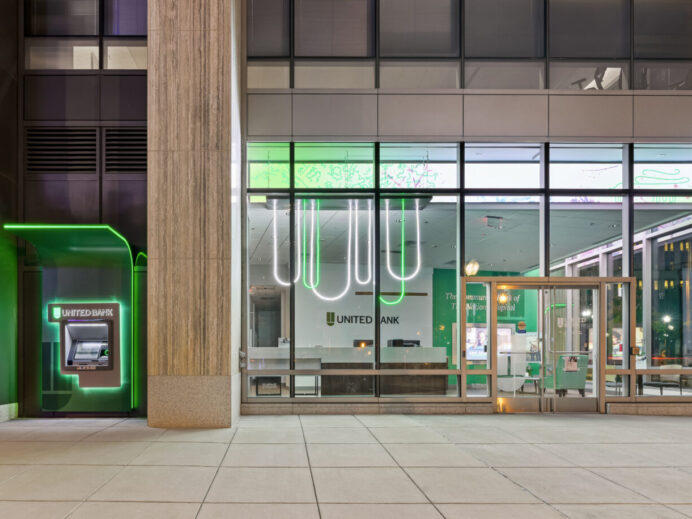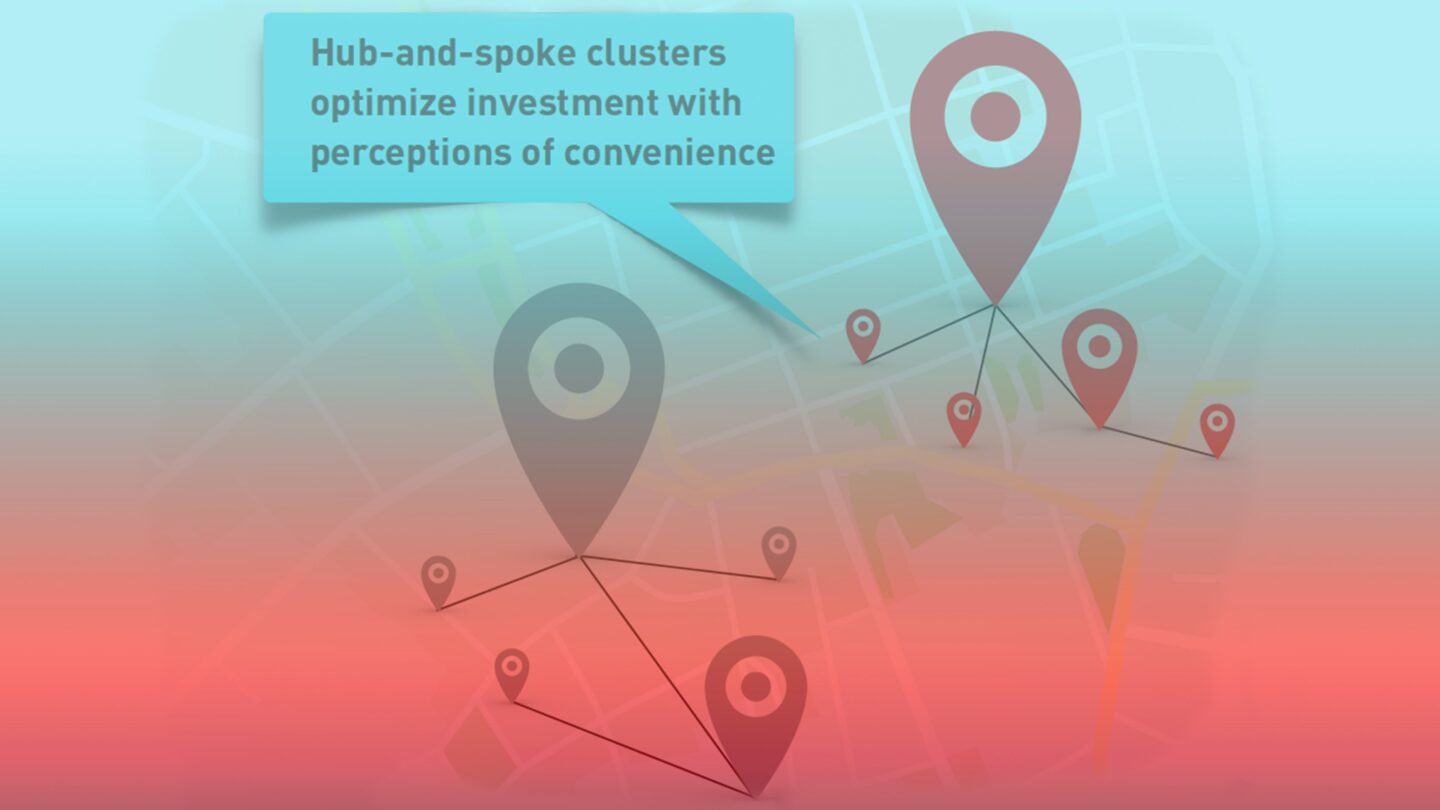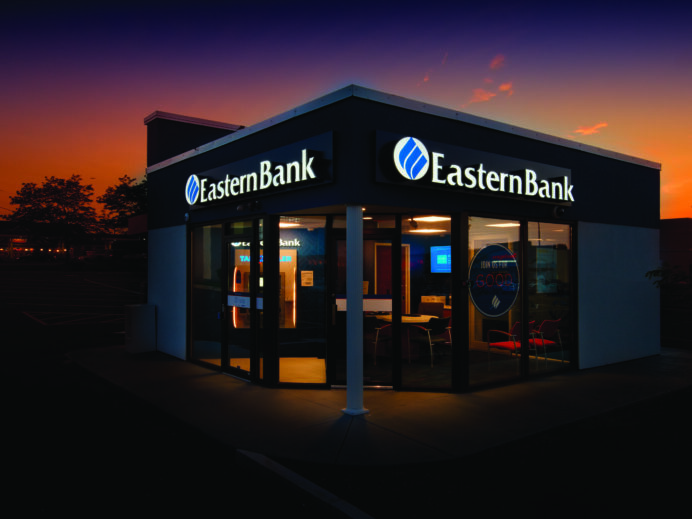In our last Insights article “A Primer on Getting Branch Network Smarter,” we discussed the current state of brick-and-mortar retail and the decrease in foot traffic across all sectors.
While a reduction in store visits may be the kiss of death for large retail brands like K-Mart, what we’re witnessing in retail banking is a different story altogether. For financial services, physical branches are still the #1 driver of market share for bank brands. What’s more, banks with more branches in a concentrated area can expect a higher market share per branch. This is known as The Network Effect.
A curious phenomenon, The Network Effect demonstrates how bank branches are effectively building off of each other to increase their influence in the market. By concentrating branches together in a local area, banks are enhancing their perceived presence, resulting in a greater likelihood that a consumer will do business with that bank brand. But that doesn’t mean that banks are going on a building spree with their largest full-format branches popping up on every corner. To the contrary, what they’re doing instead is finding a balance between efficiency and experience to rightsize their retail locations.
When Bigger Isn’t Better
In retail banking, gone are the days of large footprints ruling the industry. With commercial real estate at a premium, bank brands wanting that vital local presence are finding creative and cost-efficient ways to leverage their locations to capitalize on The Network Effect. That means that an ATM vestibule might garner as much perceived presence in a market as building out a 5,000 square foot branch location. What it doesn’t mean is that everything becomes automated. Rather, automated solutions augment staffed locations which are strategically deployed in the market.
Often, the best way to optimize a branch network is with the hub-and-spoke model – a single large format branch with clusters of smaller formatted branches filling out the local market based on consumer demand. Hub-and-spoke focuses on rightsizing each location so they are absolutely only as large as necessary. Whether it’s full service, inline, cashless or self-service, bank formats are designed to achieve their objectives with a scalable approach that delivers a consistent experience regardless of size. Even with shrinking square footage, bank brands are still conveniently accessible for customers.
What banks are considering based on square footage is what the total capital cost is to run each branch including personnel and staffing. Smaller branch formats reduce overall investments and achieve considerable savings in personnel and non-interest expenses (NIE), a key marker for banking efficiency. While there might be some banking organizations that can still cut staffing costs at the branch level, most banks have already optimized their staff – through adoption of universal bankers or other models of efficiency inside their branches.
It’s important to note that hub-and-spoke should not be mistaken for slash-and-burn. To the contrary, banks still need retail locations with staffing even for the inline and cashless formats. Further, capitalizing on The Network Effect may mean actually increasing branch locations across a market. To be successful, this type of rightsizing leans heavily on market insights and data for strategic decision-making. In our next installment on branch network optimization, we will address potential actions for maximizing impact and market opportunity based on that type actionable data.
To speak with one of our branch experience experts or request a copy of our upcoming white paper on branch optimization and transformation, contact us at info@adrenalinex.com.






